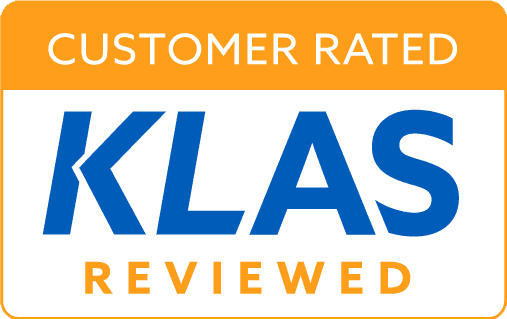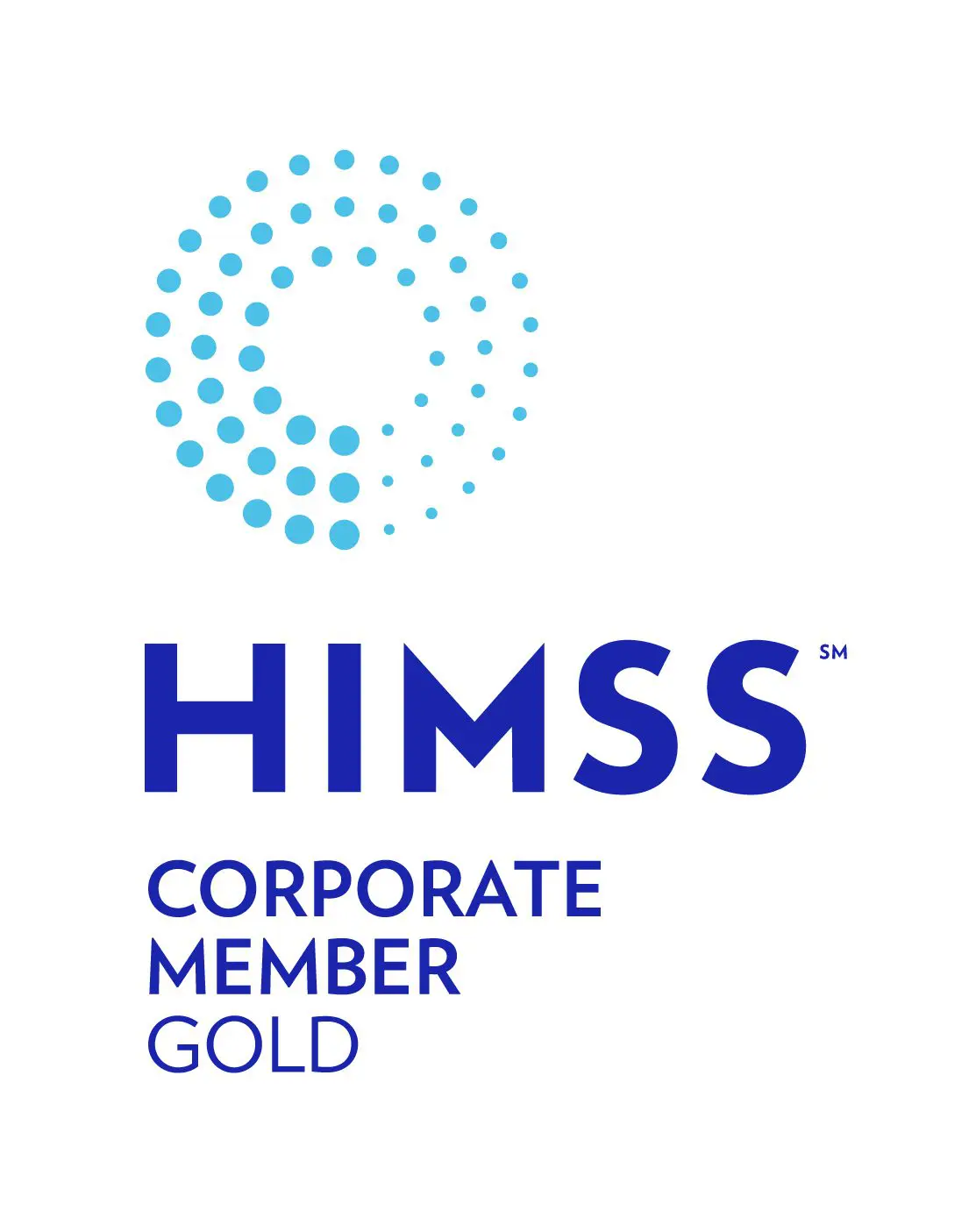
In a recent article by Becker’s Hospital Review, the author suggests that hospitals face the same low margins, high cost structures and gradual loss of revenue as big box stores. We found it intriguing to consider whether there are lessons for healthcare organizations to learn from the recent bankruptcies of retail giants Sports Authority, Golfsmith and others.
The article points out some similarities that deserve a closer look. First, large hospitals and health systems operate at a 0 to 10 percent margin and no more. Second, hospitals have a very high cost structure, roughly half of which is comprised of overhead costs that are difficult to change. These small margins and high overhead leave big box stores and hospitals vulnerable to erosion of revenues. Further, the article points to current and impending changes in healthcare that need to be addressed before it’s too late, including: the movement to outpatient care, changes in reimbursement levels and the loss of little pieces of services to ancillary providers and alternative care settings.
Thinking Out of the Box by Cutting Costs on Legacy Systems
While there are some costs that are tough for a hospital to cut, it can easily reduce spending by decommissioning legacy systems in its information technology (IT) portfolio. When you consider that some hospitals allow a dozen or more out-of-production patient and employee systems to keep running to meet record retention regulations for the next 7-25+ years, there IS room for savings. Amplify that across a multi-hospital health system with an active ambulatory merger and acquisition strategy and imagine the savings possible.
Including a healthcare legacy data management solution like Harmony Healthcare IT’s Health Data Archiver (HDA) into the healthcare organization’s IT strategy is smart on many levels. There are significant cost savings, it’s easy to access historical records and there are other benefits, including:
- Compliance with HIPAA and HR record retention regulations
- Mitigation of technical risk and reduction of infrastructure costs
- Consolidation of historical records into a single repository for go-forward management
- Savings in eDiscovery costs and HIM release of information workflow processes over time
- Return on Investment of 18-24 months on average
Adjusting to Change
Adjusting business operations to include an archive is just one smart step facilities can take to strive for greater financial security as the healthcare delivery landscape continues to change. The biggest lesson learned from the big box retail stores may be that, in any industry, changes must be anticipated and adjustments to overhead costs are mandatory to continue to be financially viable for years to come. We thought the article was a good read and encourage you to check it out.
Interested in more information including a detailed road map for your hospital to take an inventory of its current legacy systems? Contact us, we can help. Going to HIMSS17? Schedule a Health Data Archiver demo at Booth #7760, Feb 19-23, 2017 in Orlando, or, attend our session (IDIZ17) “Data Availability Plan for Legacy Systems” at 10:30am ET on 2/21/17 at HIMSS.






